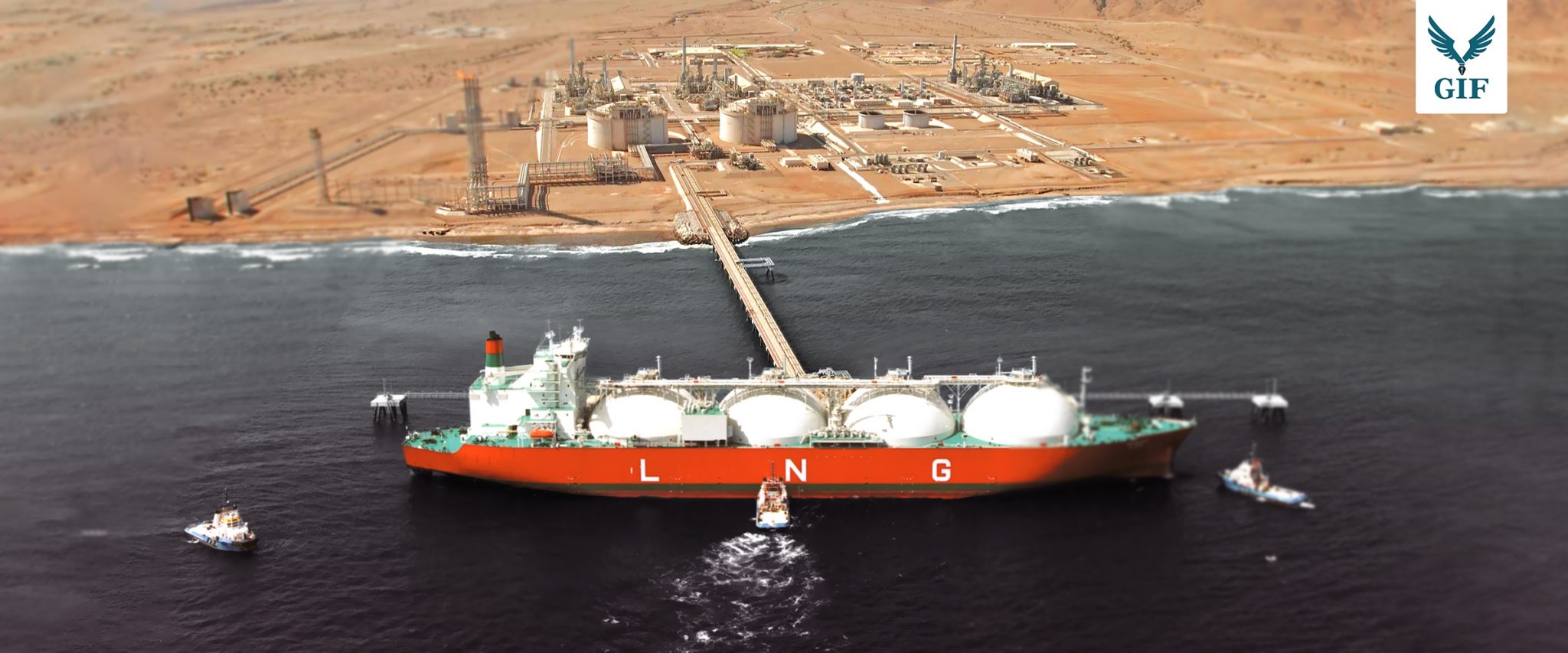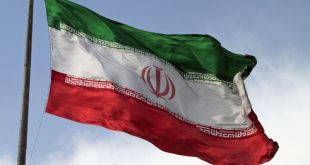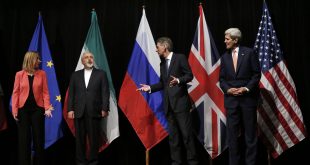With rising competition and innovation in the global energy sector, major gas producers across the globe are trying to strengthen their roles in the natural gas market. While Qatar has been the world’s largest liquefied natural gas (LNG) exporter for years, this may change in the coming years. Both the United States and Australia have been working to advance the global energy market with technology innovation, government support, and an active private sector.
While gas producing countries are planning for expansion, the International Energy Agency is expecting gas demand to fall by 4% (150 bcm) to unprecedented levels in 2020, a drop nearly equivalent to the annual consumption of Germany and Italy combined. COVID-19’s impact will weigh through the medium-term economic landscape with 75 billion cubic meters per year of growth being lost compared to pre-COVID forecast.
Qatar’s Planning LNG Sector Expansion
In 2019 the U.S. was the world’s third largest LNG exporter with the production of 6.9 million cubic meters per day, right after Qatar and Australia. For over a decade, Qatar has dominated the LNG market and thus possessed significant influence over its trends, such as reducing inelastic supply contracts with very long-term buyers. This power, however, has eroded with the rise of other manufacturers shaking the market with looser and shorter contracts, especially in the United States. The market is currently over-supplied with the quantity produced in the U.S., which is expected to increase from less than one ton in 2015 to 40 million tons this year. Following suit, Qatar is planning to increase its production capacity by two-thirds to a quantity of 126 million tons per year by 2027, with the addition of more production facilities to exploit new reserves.
In addition to this plan, Qatar Petroleum has recently achieved several feats. In 2019, the company created 100 investment opportunities in the nationalization program, which will lead to annual savings of 9 billion riyals. The company also expanded by obtaining 18 drilling areas in Africa, 10 contracts in South America, five new agreements with Japan, Thailand, Singapore, and China, and the construction of the largest petrochemical complex in the Middle East.
The drop in gas demand and recent low prices have made it harder for other Gulf countries, mainly Oman and Bahrain, to compete in the East Asian market. However, the two Gulf states have ambitious plans to expand their LNG sector. In February, three LNG tankers loaded from Qatar and one from Oman, originally en route to Asia, changed their destination. Two of them arrived at South Hook terminal in the United Kingdom instead, while another returned to the Gulf of Oman. Japan and South Korea are the primary export destinations for Oman’s LNG, but it will be more difficult for Muscat to complete natural gas and LNG projects if LNG demand and prices continue to fall. However, lower LNG prices might also be a good opportunity for Bahrain to increase LNG imports to generate electricity at power plants.
Australia is Catching Up
Last year, Australia’s export capacity was at 11 billion cubit feet per day (bcfd) while Qatar was at 10.1 bcfd, a rate which is expected to continue in 2020. However, the Australian Ministry of Industry wrote in its quarterly report that the comparison was somewhat uncertain due to the lack of transparency in Qatar’s exports. Additionally, Australia’s LNG exports are expected to increase by mid-2020, strengthening its position ahead of both Qatar and the U.S. in terms of exports. According to other reports, however, despite Australia’s rising gas exports last year, Qatar remains the world’s largest LNG exporter. ently reported that Qatar’s total LNG exports in 2019 reached about 79 million tons, up 3.4% from Australia. expects Australia’s production to be equal to Qatar from next year to 2024.
Despite expectations that Australia‘s total exports will soon be higher than Qatar’s, Doha will probably continue to maintain its position as the top global exporter. A LNG expert expects that Australia will be the world’s largest LNG exporter in the future, but may lose that position shortly after due to the major development plans in Qatar and the U.S. to increase their LNG export capacity over the next five years.
The U.S. is not Far Behind
Despite having been heavily reliant on GCC states for its oil and gas resources, the U.S. is now a net exporter of gas. Significant progress in the United States shale gas industry — which has a major impact on energy prices around the world — contributed to the shifting of its status. Following the Shale Gas Revolution, the U.S. dependence on foreign energy sources, especially in the Middle East, has been increasing. The country’s gas storage conditions have also improved, which could lead to lower prices. Although the country’s gas exports still face obstacles in terms of transfer methods, studies show that it has thus far had an active and competitive presence in the LNG market.
In 2019, four new LNG facilities were launched in the U.S., which allowed it to consolidate its position as the third largest exporter after Qatar and Australia last year. The U.S. is not satisfied with its position as third and intends to become the world’s largest exporter by 2024. The new export terminals, built from Maryland to Texas, will strengthen its role as one of the world’s largest gas exporters, providing an important market for growing production in the country’s shale areas. The rise is already evident, as exports grew by over 60% between 2019 and 2020.
The United States is using its energy exports to expand ties with allies around the world. The East Asian market, especially South Korea and Japan which import the majority of gas condensate from Iran, poses a good opportunity for the U.S. to exert influence in their energy security. The fact that the U.S. is pushing to increase its oil and gas exports to former buyers of Iranian energy products could explain a link between U.S. LNG sector expansion plans and sanctions on Iran.
Unlike oil producers such as OPEC, gas producers do not have the means to coordinate between members to reduce production and support prices. This poses a challenge as the price of gas has lost more than half of its value this year and reached $2 per million British Thermal Unit (Btu). In the third quarter of 2018, the price was more than $10 per million Btu.
How will Qatar and the Sector’s Future Unfold?
While other countries such as Russia have invested heavily in the LNG sector, it is likely that major competition in the future will continue to be between Qatar and the U.S. given their potential and expansion plans. Qatar‘s recent move to build new LNG tankers with Korean companies has once again shown that falling oil and gas prices have had no effect on its future plans, and that Doha is reluctant to reduce its share of the global market and lose its position. The main competition area of all major gas-producing countries will be the East Asian market, but any country that can reduce the cost of transporting LNG will have a better chance of increasing market share as it would lower the prices. Doha can do this by having a well-equipped fleet, and foreign companies operating in the Qatari LNG sector are using advanced technologies which will also reduce production costs. Recent trade problems between China and the U.S. have made it difficult to implement the first phase of their trade agreement, which provides an opportunity for Qatar to both maintain its share of the Chinese energy market and take over some of its competitors.
The outbreak of COVID-19 has had a negative impact on the LNG market, but gas producing countries are planning to reduce the impact in the short term, as Qatar demonstrates with its plan to keep its position as the world’s largest gas exporter. Given Doha’s need for more active energy diplomacy in the global LNG market, the U.S. can also produce LNG at a lower price with advanced technology. Considering the oversupply of LNG in the market, the situation will be in favor of buyers in the coming years, and countries like Qatar must prepare for low LNG prices.





